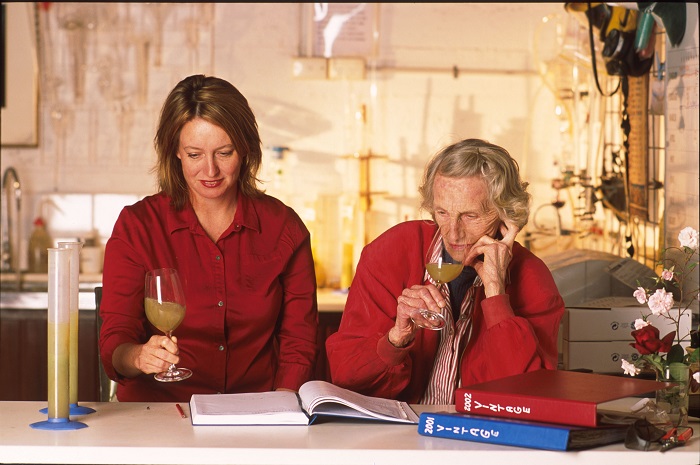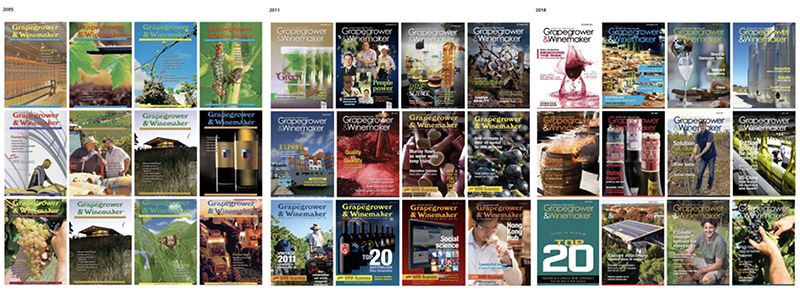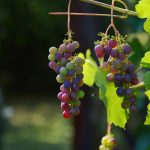Last week, the latest vintage of Cullen Wines’ Diana Madeline received the award for best wine in the Cabernet Sauvignon and Family category in the 2020 Halliday Wine Companion Awards. Hear from winemaker Vanya Cullen herself about what goes into making this predominantly Cabernet Sauvignon blend in her chat with journalist Rhys Howlett, which was published in the April 2019 issue of the Australian & New Zealand Grapegrower & Winemaker.
In 1971 Kevin and Diana Cullen planted the vineyard that bears their surname in the Wilyabrup sub-region of Margaret River. From it comes the Diana Madeline Cabernet blend which, in 1995, was added to Langton’s top classification category of ‘Exceptional’ Australian wines.
For Cullen Wines, sustainability is not a buzzword, it’s a way of life and has been since its inception. Following organic practices since 1998, certified organic in 2003, certified biodynamic in 2004 and now 100% carbon neutral, it sets the standard for commitment to walking the talk.
Kevin and Diana’s daughter Vanya Cullen has been making wine on the family property since 1983 and has been managing director since 1999. She took time out during vintage to provide some insight into the Diana Madeline.
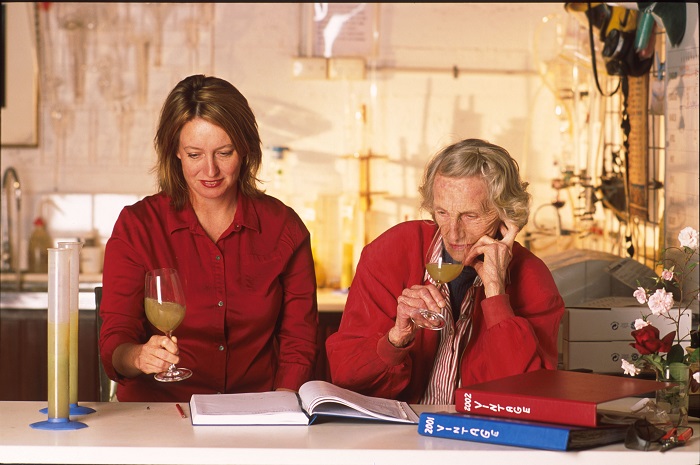
What is the intention behind making Diana Madeline?
To make the best quality wine, sustainably. It has to be the best as it is a wine bearing my mother’s name.
Which does it showcase best: the region, the vineyard, the winemaking or the varieties?
Biodynamics is about the collective, and by that I mean the whole is bigger than the sum of the parts. So in that context it is all of those, and more.
Does Diana Madeline teach the drinker anything about biodynamics? Are there features of the wine that are more apparent because of biodynamic viticulture?
The Diana Madeline (as are all our wines) is the purest example of ‘place’ that I can think of. There are no additions except sulfur dioxide, and even that is at low levels.
What characters does your native yeast impart on the wine? How would the wine differ if commercially cultured yeasts were used?
It is not in separation. The yeast is a part of the terroir, or character, of everything – vintage, vineyard, grapes, wine, people – all of it. So it has to be a better reflection of site than any other, in a holistic sense. If you wanted to describe the differences, from 1991-1995 when we did our experiments using indigenous yeasts and cultured yeast, it was without doubt a better wine using indigenous yeast, in particular with texture and length on the palate. Everyone that came said, “it’s not indigenous yeast or part of the terroir” – it really was a battle in Australia with no-one accepting the story. Now, everyone talks the ‘wild’ yeast-talk. Times have changed, in some ways!
What is your approach to fining and/or filtering wines and what do you do with the lees?
The Diana Madeline and all our reds are not fined at all. We use the lees to make spirit when we can.
What does Diana Madeline tell us about the Cullen vineyard in terms of expression and consistency?
It is a very consistent wine in terms of quality and this is a reflection of the site and the region. Wilyabrup/Margaret River is one of the world’s great homes for Cabernet Sauvignon.
How is the Cullen vineyard managed in terms of trellising, picking, soil improvement and how has this changed over the years?
All of the Cabernet Sauvignon is on Scott Henry trellising which helps ripen the tannins. We have gone through organic to biodynamic conversion so our practices have changed a lot. We are now focussing on soil health and microbiology in the soil’s carbon cycling, giving a truly sustainable future. Composts and biodynamic preparations – it’s the way of the future.
What is the winemaking process and how does it differ from other wines in the portfolio?
It’s a red grape so we have skin contact and generally about 50% new oak. Tannin quality is what defines great Cabernet so we work in the vineyard to obtain this (i.e. Scott Henry trellising).
Why do you think Diana Madeline gets such great reviews?
It is as difficult to make great Cabernet Sauvignon and blends as it is Pinot Noir. We have worked tirelessly in the vineyard and winery to make great wine sustainably since the beginning, investing a lot of money and time over many, many years. The site is great and was selected for this wine so I’d like to think that all of this hard work is paying off. We have never changed our philosophy of making great wine as our ‘Holy Grail’ and have stuck to my mother’s saying: quality not quantity.
Has it been a conscious effort to reduce alcohol levels over the years or a positive by-product of the way you farm your grapes?
No, it’s just when the grapes are ripe. Some years everything falls into place at lower alcohols – by that I mean physiological ripeness, tannins, flavours, acid, pH.
Do you have a favourite vintage of Diana Madeline and why?
I love all of them, it just depends on which mood I’m in.
Are you pleased to see more vineyards and wineries adopting organic and biodynamic practices and do you believe more should push towards full certification?
Yes and yes. It’s essential that people certify in the vineyard and winery so there is transparency and integrity. It’s really important. How do wine folk from Bordeaux respond to Diana Madeline? They enjoy it! Things are changing in Bordeaux with more young folk stepping up. So really we are no threat to their position – we are different and making great wine too. It’s good.
Diana Madeline is particularly impressive for its purity of fruit flavour and the length of finish. Are there any specific techniques you employ to achieve that?
The long finish comes from the vineyard and if there is one thing that biodynamics contributes, it’s that completeness in the wine. The completeness is also because of the fine tannins, which in turn come from physiological ripeness – tannins, flavours all at the same time. It’s the vineyard, vines, grapes and then acting as custodians of the land to create the length and fruit perfume and drive.
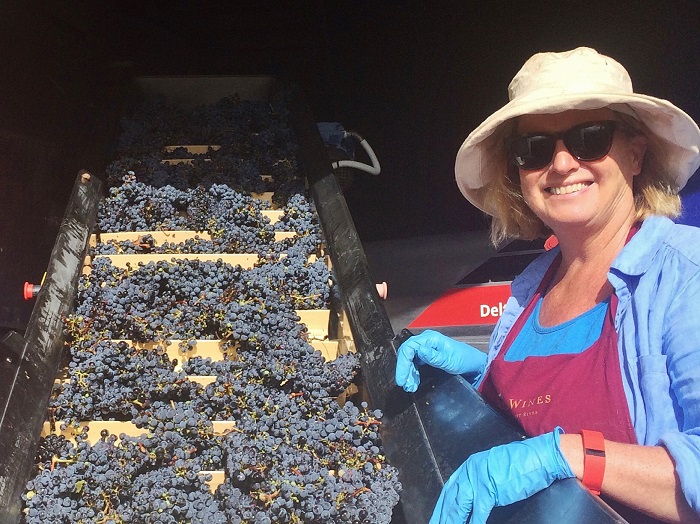
Did you enjoy this article? It was originally published in the April issue of Grapegrower & Winemaker magazine.
When you subscribe, you get:
Your choice of print copy subscription or digital-only subscription!
Both types of subscription include:
Digital access to all Grapegrower & Winemaker issues since 2005
Access to download PDF versions of full magazines and single articles
Subscribe today
To preview the latest magazine, click here.
To subscribe, click here.

